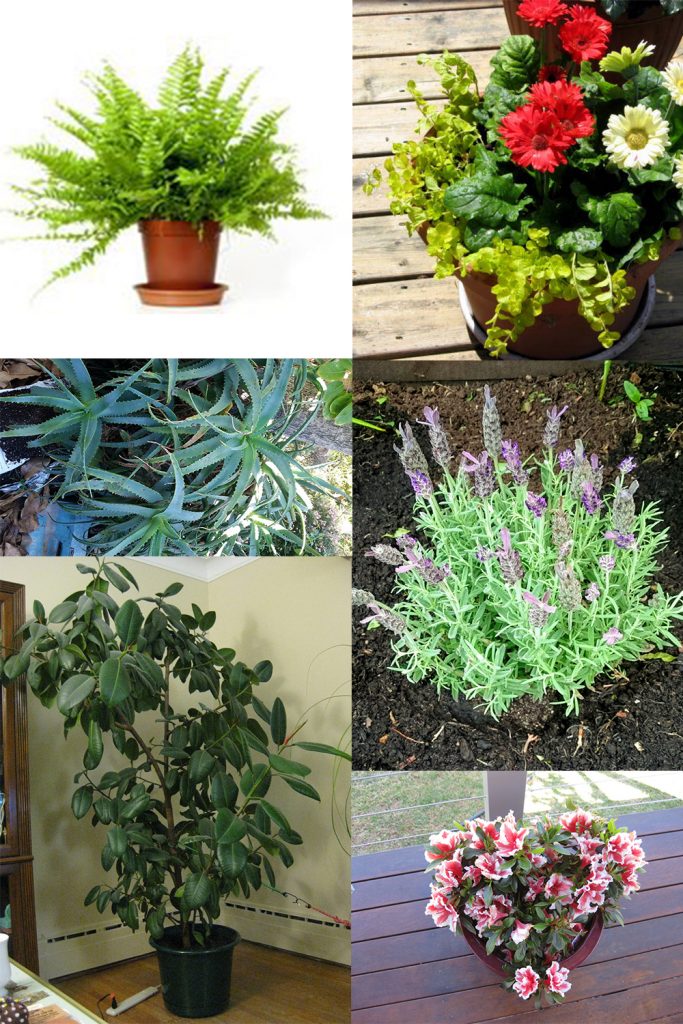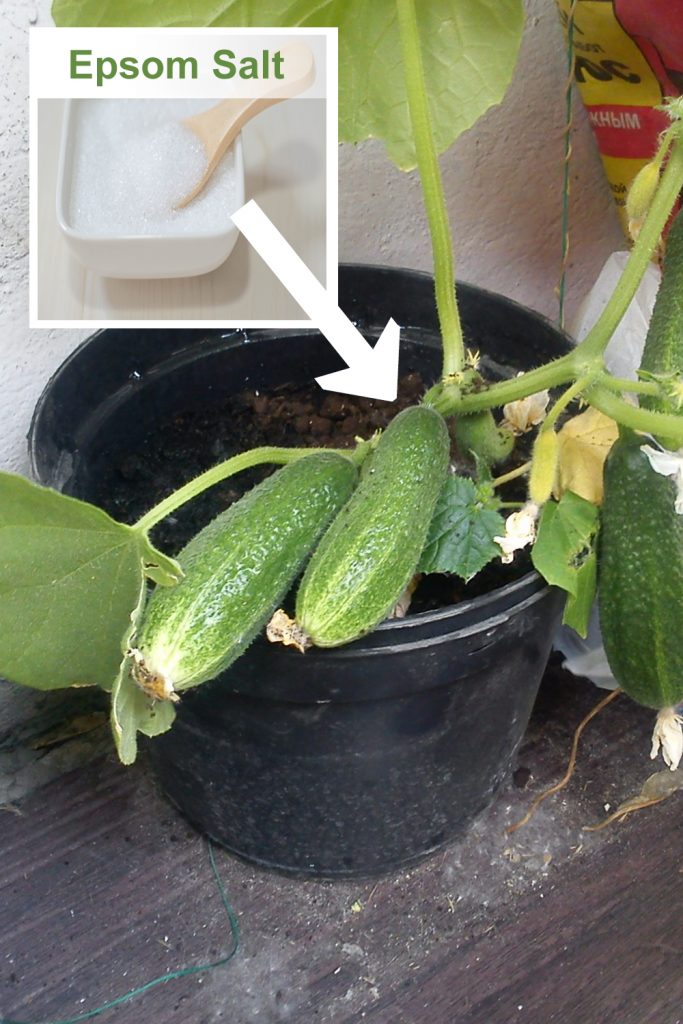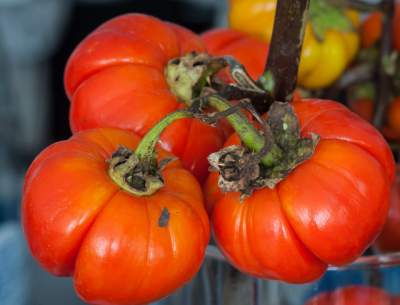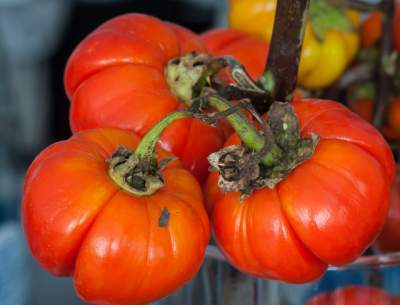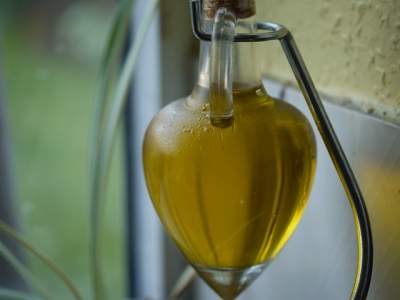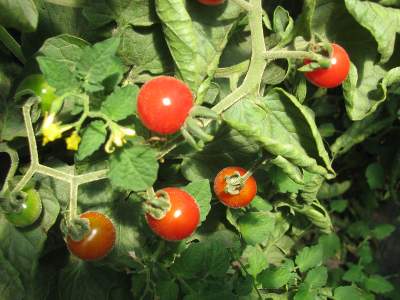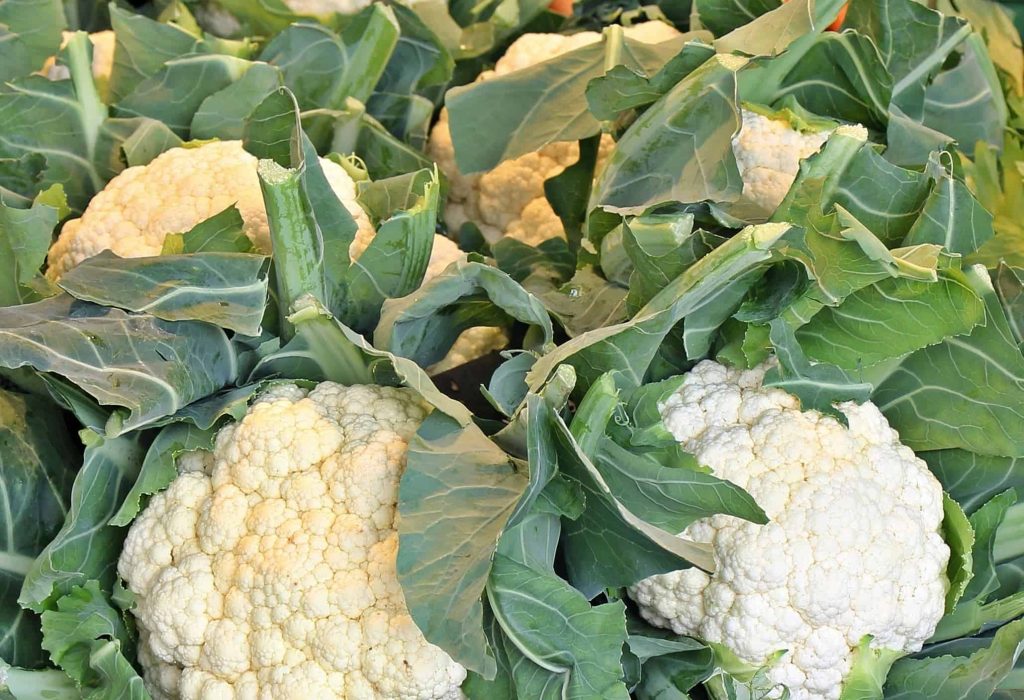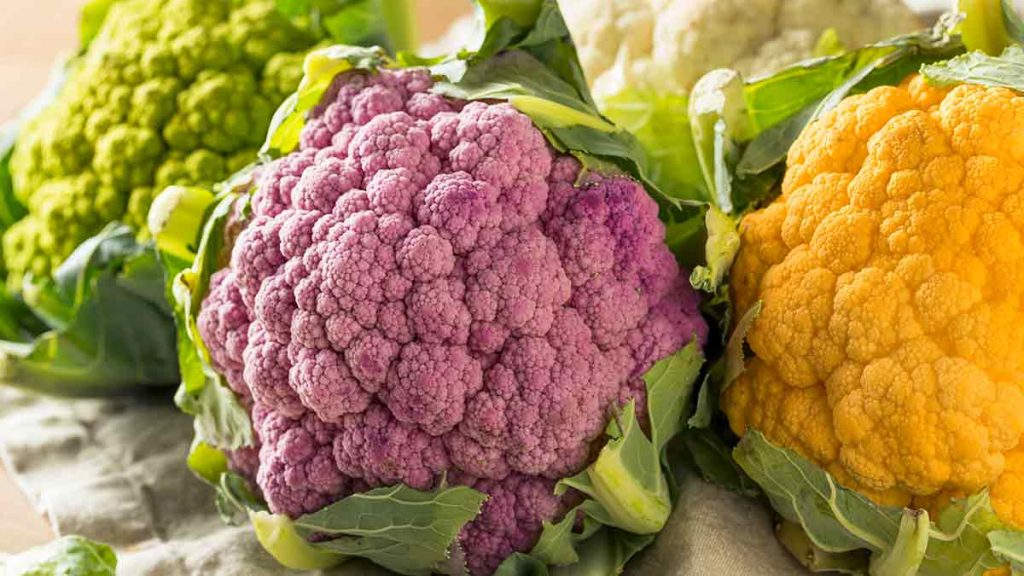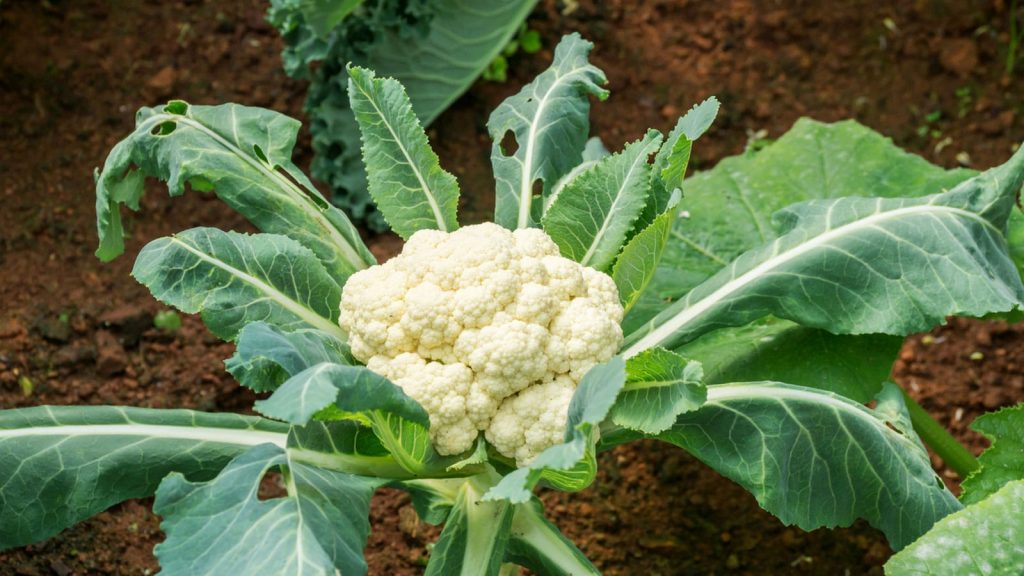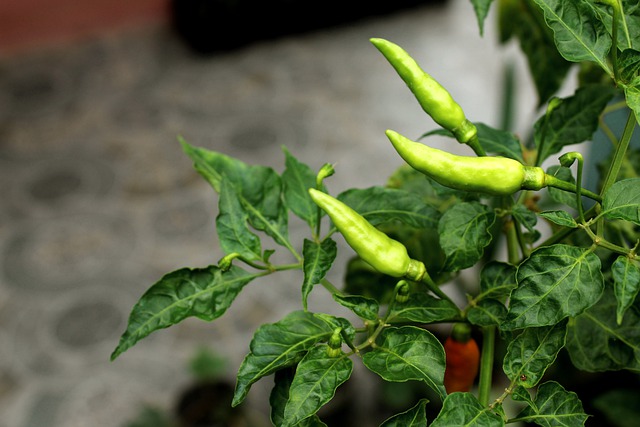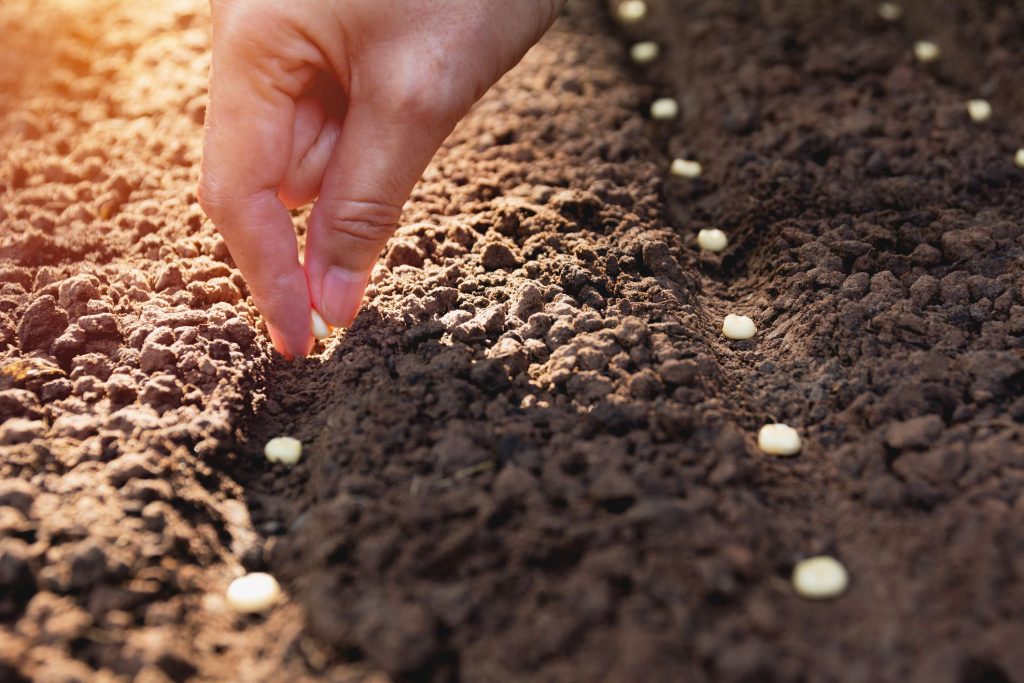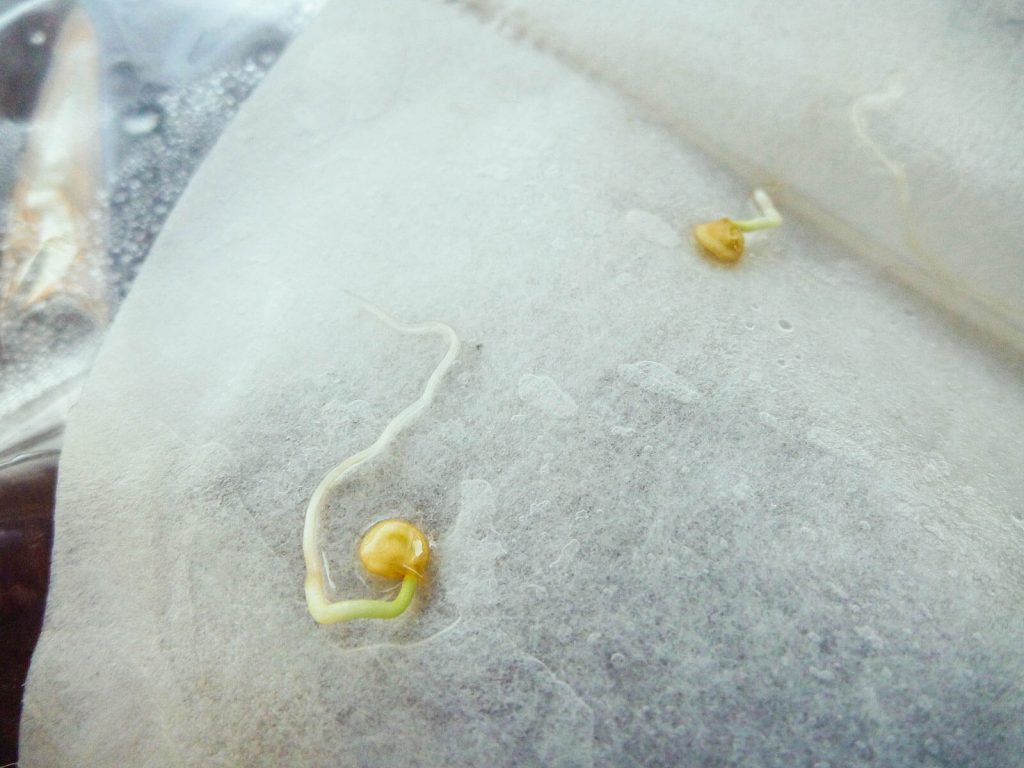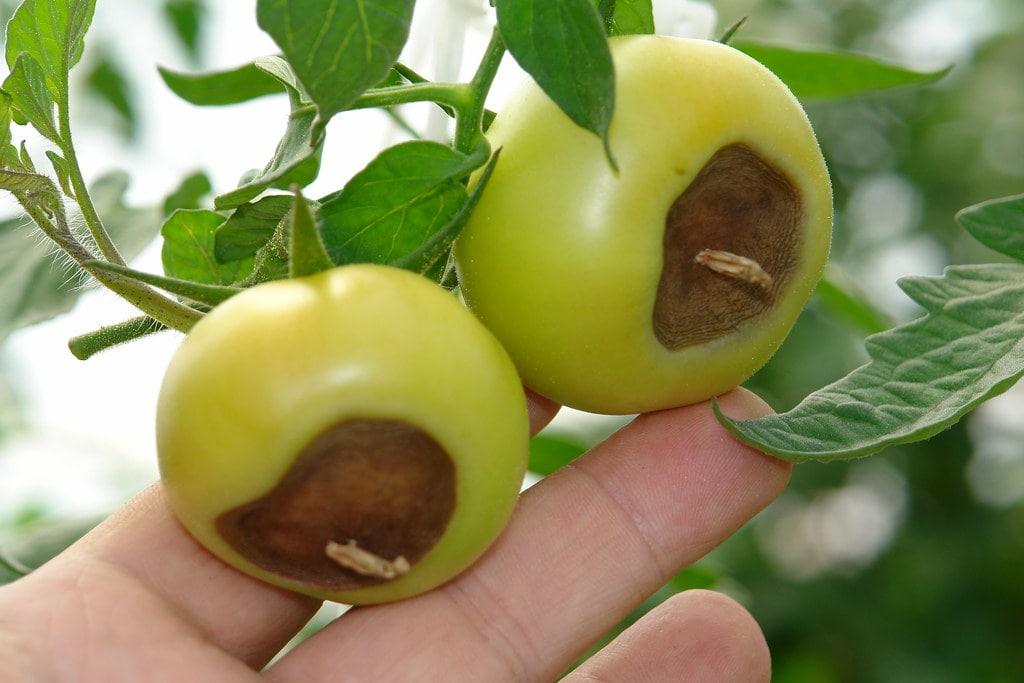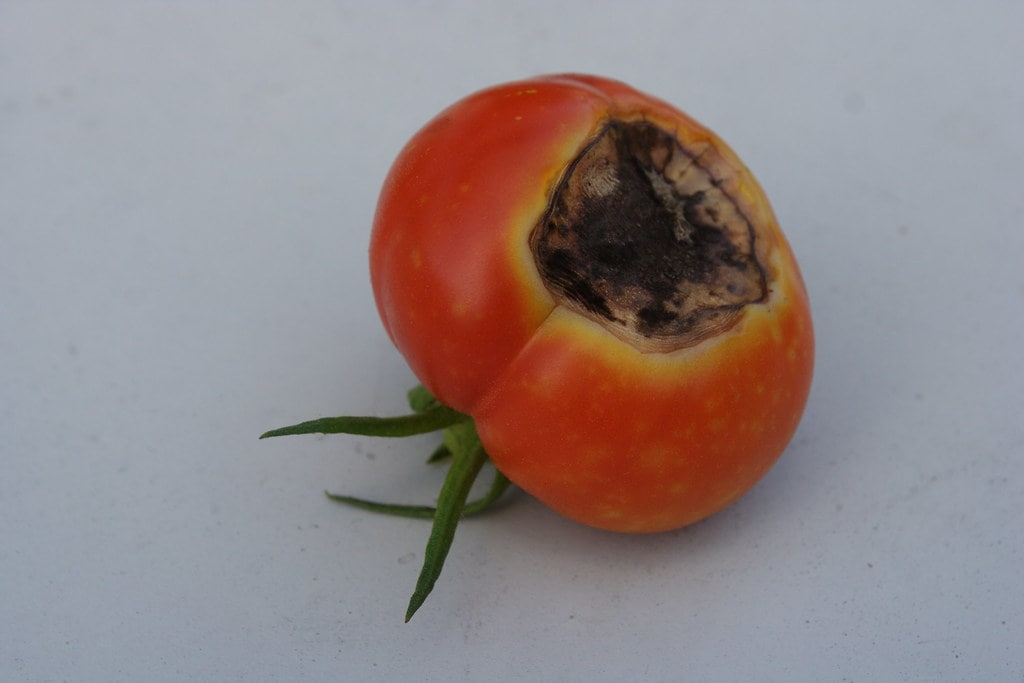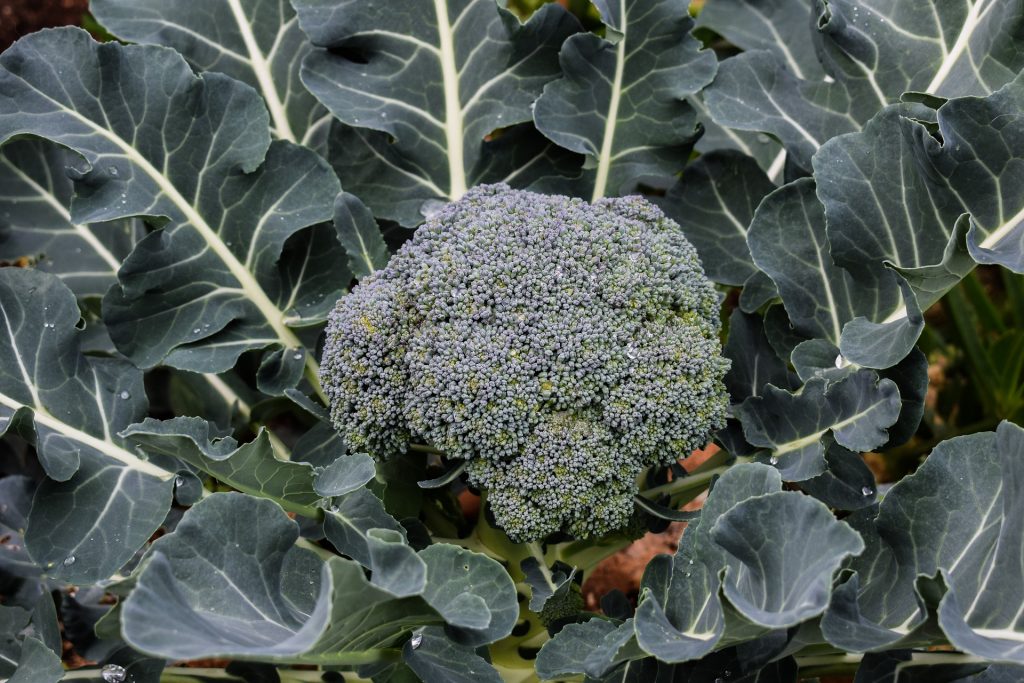The
broccoli is a dark green plant that appears like a green miniature tree and
belongs to the cabbage family. It is loaded with vitamins, minerals, and
bioactive compounds.
Apart from nutrition values, the broccoli is a cash crop due to its demand in the daily diet. And, broccoli farming is picking the trend nowadays.
Broccoli
has the greatest content of essential nutrients, including magnesium, iron, and
calcium.
Being
a nutritious vegetable, broccoli is growing in consumption. Besides its use in
a variety of cuisine, it is quite popular in green salads.
As broccoli is a cold season crop, it is wise to grow broccoli in the winter so that at the time of harvesting the temperature should not be above than 23-degree Celsius.
Also Read: Cabbage Farming: Planting, care, Harvesting- A complete guide
This is
interesting that the broccoli thrives best in the climate condition that varies
from 7-degree Celsius to 23-degree Celsius. Besides, broccoli is
frost-resistant and can tolerate temperatures below the freezing level for at
least one week.
Understanding how broccoli grow
It is recommended to sow broccoli seed month before the spring’s last frost. Because now you get enough time to move the seedlings to the field in broccoli farming, after hardening off them for some time so that they can bear the hardest of climate conditions.
On the other hand, it is worth sowing the seeds indoors in the case of the late summer, for the regions that have mild winters. Later you can put them in the greenhouse, once autumn starts and so it can be harvested in the winter.
In both
the cases, temperature hitting the freezing level for quite a time or rising
beyond the 25-degree celsius can hamper the growth of the head of the broccoli.
While in
areas that have cold winters, it is recommended to sow the seed in the summer
so the crop can mature in autumn, just before the cold.
Soil
Preparation
To make the soil fertile for broccoli farming, it is worth adding well-mixed compost containing the manure. Once, the manure is spread over the soils. Then plow the field for three or four times before starting the main planting.
The
crops of Broccoli may be grown in a variety of soils. Besides, the sandy and
silt loam soils are ideally used to achieve a higher yield from broccoli crops.
When
considering the pH value of soil, it should be between 6 and 7 if soil can have
the best moist conditions throughout the crop.
In some
cases, aging manure can be applied to soil to replace soil nitrogen in areas of
heavy rain or sandy soil.
Selecting
Variety of broccoli
While
selecting the variety, it is necessary to keep the maturity time of the crop.
The green sprouting variety often takes the 70 to 140 days to mature. The
proper selection of the broccoli variety directly influences the final yield
because one can thrive in a certain environment and others indifferent.
Thus, it
is worthy to select the relative variety so that the crop matures after optimum
climate conditions.
In the case of broccoli farming, direct seeding is far more valuable as compared to the transplant. While for some areas, due to the climate conditions, transplant is a better choice.
Besides,
in both cases, it is recommended to grow the broccoli in two rows on the raised
beds with a minimum distance of 4o to 45 cm. While in case planting is done in
a single line, space should be around 60 cm.
And,
during the transplant, a young plant with some leaves and almost a month old is
the right choice to succeed.
On the
other hand, it is better to transplant thin plants to a different section of
the field.
And, in
case of direct seeding, sow the seed half an inch deep and at least three
inches apart.
When
transplanting, it is worth that you must have a minimum of 11,000 plants per
acre.
Broccoli
planting spacing
For the spacing make sure that it adheres to the capability of irrigation, the schedule of the plantation as well the particular demand in the market if there is any.
Must Read: Planting and Growing Okra Step by Step
Irrigation
of broccoli plants
Broccoli
gives a better yield when irrigated regularly, it’s worth keeping the soil
enough moist when flowers start to bloom. Though, watering with the furrow or
the sprinklers achieves better growth in the broccoli plant.
While if you have a large farm in the case of broccoli farming, it is appropriate to use drip irrigation.
The
amount of water for the broccoli largely depends on the soil type, weather
conditions as well as the growth or maturity of the crop.
The
watering to the plants should be more frequent when the crop is in the last
phase and the vegetable’s growth is at its peak.
Fertilization
To get
the highest yield of the crop, applying the proper amount of fertilization is
utmost necessary. For healthier plant production, most of the crops rely
heavily on NPK fertilizer.
Broccoli
is a relatively hard feeder and must feed in a thin layer of old manure before
the crop.
The land
as a resource requires proper maintenance and monitoring. Fertilization will
then be produced on the basis of soil analysis tests.
In
the case of the drip irrigation system, nitrogen can be applied through the
water as it is the most precise way to feed the plant.
How grow
broccoli sprouts
Broccoli
develops in just more than two months from seed to harvest. It is appropriate
to wait for the sowing before the weather conditions become favorable for the
plants. Thus they can become stable and efficient, offering protection against
intense weather.
While
all broccoli plants may endure freezing, extended cold periods can delay
development or harm plant production.
The
flowering cycle is triggered by low temperatures and warm days. This mechanism
can cause plants to have flowers earlier than normal. This can affect the size
of broccoli’s heads.
To
combat these conditions, cold weather shelter is provided that gives further 4
to 8-degree insulation, protecting and extending the season of freeze harvests
for up to four weeks.
Grow
broccoli microgreens
Proper
care of the crop is as important as another step. The caring of a plant may
include, apart from the watering and fertilization, eliminating the unnecessary
weed, identification of the insects or the adequate analysis of the crop
diseases.
The main
problems of broccoli development may be insect pests, in particular for summer
seedlings.
Right
monitoring of each plant can prevent unnecessary loss to the crop and
eventually can hamper the overall yield at the end.
To take
care of your plants, make sure you take appropriate action as soon as you get
any hint of any problem to the plant.
These are some of the highlighted problems in broccoli farming:
Eliminating
weed
The weed
battles for food, sunshine, and air with the majority of the crops. And,
consequently, reduce the growth of a particular plant. So, it is appropriate to
keep the crop weed-free as it starts to appear after a month of
transplantation.
Controlling
the insects
Several
insects harm the broccoli plant throughout its life. Flea beetles, wireworms or
the cutworms can make the seedling die at the early stage.
Besides,
cabbage aphids can attack the heads while they are in the development phase. In
this case, it is necessary to control these insects even before the head starts
to develop. A quality insecticide can be sprayed to the plants to prevent these
harmful insects. Or, you can handpick them to get higher yields.
The soil-borne pests have less impact over the broccoli plant, yet some soil pathogens can cause clubroot disease. These diseases can be controlled by crop rotation or applying the line to the roots in the case of broccoli farming.
Apart
from these, downy mildew affects the broccoli plants quite a lot. It can be
identified with the spots in the leaves. This fungal infection does not have a
great impact on vegetables until it affects the head.
To counter such infection, some growers prefer to use a fungicide. In some cases, a seedling is treated by chemical treatment especially in moist conditions, which favors the disease.
The
broccoli head is also susceptible to the various diseases that need to be taken
care of. The head diseases severely affect the flower buds and can also because
of the head rot.
Such
disease spreads in wet conditions and causes significant damage to the overall
yield. To prevent such conditions, it is appropriate to use correct pesticides
once you get any symptoms.
Harvesting
broccoli
Seed based plants can produce broccoli in 100 to 150 days. This is the best broccoli plant harvest time. Broccoli can be developed in 55–80 days from the transplants method. It is worth leaving the foundation and some exterior leaves of the broccoli plant to facilitate fresh heads in the secondary production.
A crop
must be hand-picked two to three-times during a season and in case of storage,
a broccoli stem should be cut at the 6 inches.
Moreover, it is recommended to harvest the broccoli in the morning to maintain the freshness of the vegetable intact.
References:
1. https://harvesttotable.com/how_to_grow_broccoli/
2. https://me dium.com/@shinebrandseeds/everything-you-need-to-know-about-broccoli-farming-in-a-poly-house-e34aa6a21561
3. https://www.goodhousekeeping.com/home/gardening/a20706315/growing-broccoli/
